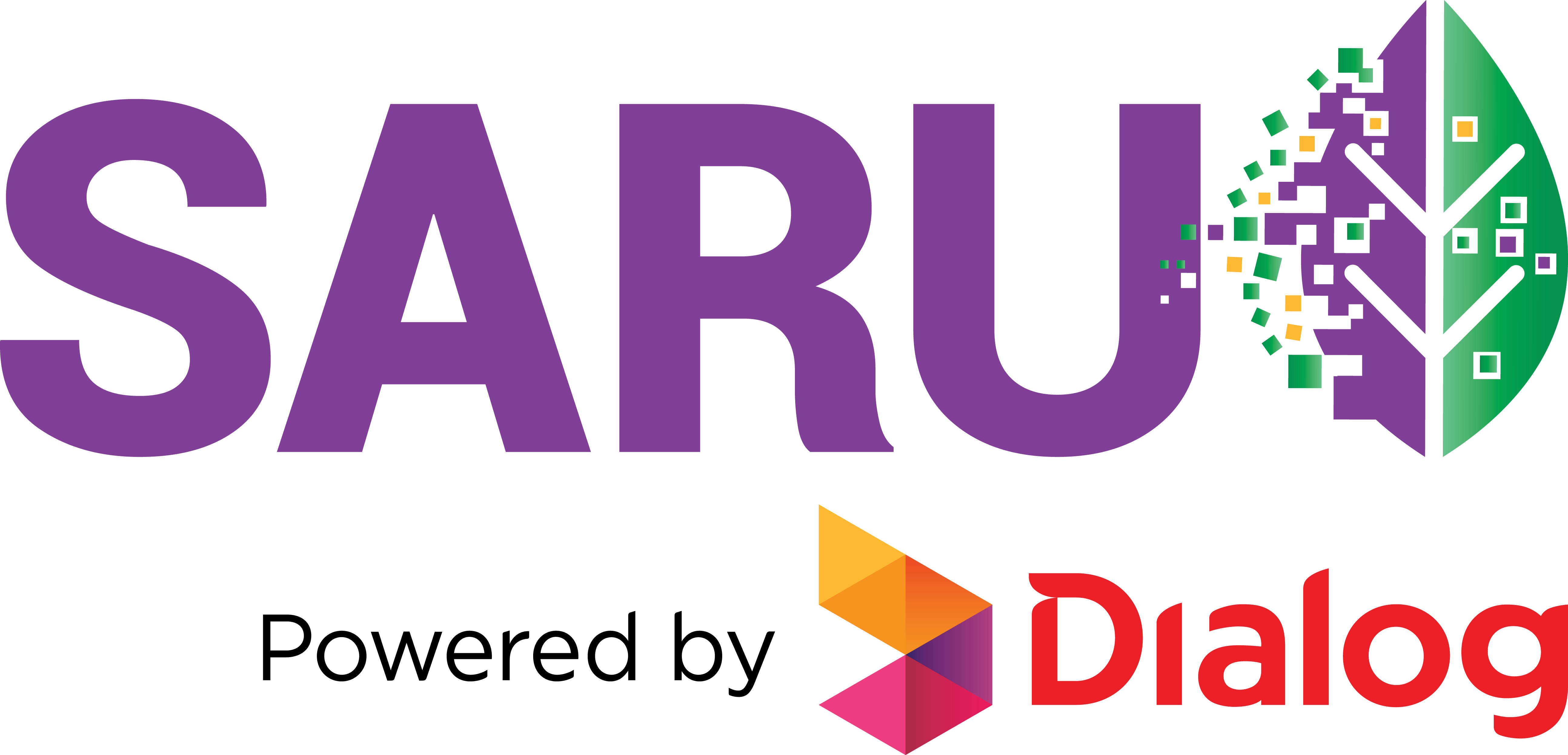Digitally-enabled agricultural automation solutions often referred to as “smart farming” tools, are still nascent in most emerging markets.
Sri Lanka is no exception, though, Dialog Axiata PLC (Dialog) is now actively looking at developing automation tools for the agricultural sector on the back of its Internet of Things (IoT) platform deployment.
Smart farming refers to the use of sensors, drones, satellites, and other farm assets to generate and transmit data about a specific crop, animal, or practice to support agricultural activities. It relies on IoT connectivity between devices to optimize production processes and growth conditions. Smart farming tools can significantly improve farmer yields, especially in the context of farming inside protected enclosures, such as polytunnels. Dialog has extensive experience in the design, launch, and scale of digital agriculture services. Launched in 2016, Dialog’s pioneering direct-to-consumer agricultural value-added service (Agri VAS), “Govi Mithuru”/”Uzhavar Thozhan” (“farmer’s friend”), today provides over 600,000 farmers with advice on farming best practices across multiple crops. In 2018, Dialog launched Agri-Gate, a digital tool that delivers efficiencies in the agricultural last mile for agribusinesses and farmers supplying crops to them, thus extending its agricultural portfolio to enterprise solutions. Dialog is now further diversifying into smart farming solutions for protected enclosures.

Understanding user needs: The challenges around Smart Farming in Sri Lanka
The potential adverse impacts of environmental variations and threats, such as changing weather patterns or pest attacks, on crop yield are well-known. Protected cultivation helps lower these risks. It is used primarily by progressive farmers for high-value, fast-moving crops such as certain varieties of mushrooms and vegetables, as these provide a stronger business case. In the absence of automated solutions, progressive farmers in Sri Lanka growing crops in protected enclosures are forced to use manually-operated exhaust fans, misters, foggers, and drip irrigation lines to control the enclosure’s environment. Manual operations result in imprecise measurements, and yield improvements are minimal when compared to automated smart farming alternatives. However, prohibitive costs, limited after-sales support, and the lack of supporting algorithms customized to local weather and environmental parameters mean that imported smart farming kits have had limited market share or yield impact in Sri Lanka.
Protected house Concept
To obtain maximum yield from cultivation, it is essential to provide optimum conditions to the crop. For the convenience of the farmer, we have divided the inputs to crops according to a timeline but this actually reduces the maximum yield of the cultivation. If we maintain the optimum conditions for the crop in 100% we can obtain a 100% yield.
As an example, it is more beneficial to apply fertilizer in quantities that plants can absorb throughout the days rather than applying all the fertilizer at once in the morning. Bell-pepper, Salad cucumber, capsicum, green chili, and tomatoes are the most common crops that have been cultivated in protected houses in the dry and intermediate zone in Sri Lanka. However, the yield of these protected houses will be reduced qualitatively and quantitatively due to the following reasons.
- Wilting of the plants due to the inability the maintenance of the optimum moisture content in the growth media.
- Crops unable to absorb the daily required nutrients in the media as fertilizer has been added a single time per day (in the morning).
- The high temperature in the day time causes dry pollens, infertile seeds, and pest attacks in crops.
- The production of food inside the crop is decreased due to the decrease in photosynthesis as the insufficient amount of relative humidity in the day time. The Plant Beat automation kit serves answers to all these questions.
- Maintains the optimum moisture content to the crop throughout the day.
- Allows the absorption of nutrients before they leave the media as it has considered about the age of the crop, time, nutrient intake, etc.
Ex: Fertilizer can be added to salad cucumber 36 times per day in proper quantities Maintains the optimum levels of relative humidity and the temperature inside the house.
Key Benefits
Benefits of protected houses over open-field cultivation
- The physical barrier for pest and disease prevention
- Quick and effective pest or disease control, even in case of infection
- Ability to cultivate year-round, timing the harvests for maximum farm-gate price
- Efficient use of scarce resources – land, water, fertilizer
- The physical barrier is also important for producing pure Seed and Planting Material, another high-value activity, which also has to be done off-cycle
- High-quality product – reduced blemishes, easy to monitor during cultivation – important for high-value cash crops
Benefits of automated vs. manual or timer-driven protected houses
- Farmers can remotely and in real-time track the temperature and humidity levels in real-time via cloud-connected sensors placed inside and outside the mushroom house.
- Higher yields (15% – 25%) through automatically and continuously, adaptively optimizing the environment
- Predictable yield with less volatility
- Farmers can monitor real-time sensor readings and actuator data from the Mushroom house through the trilingual SARU mobile app, from anywhere with Internet access.
- Farmers can receive SMS alerts and status notifications from mushroom house
- Improved energy saving by 20%




